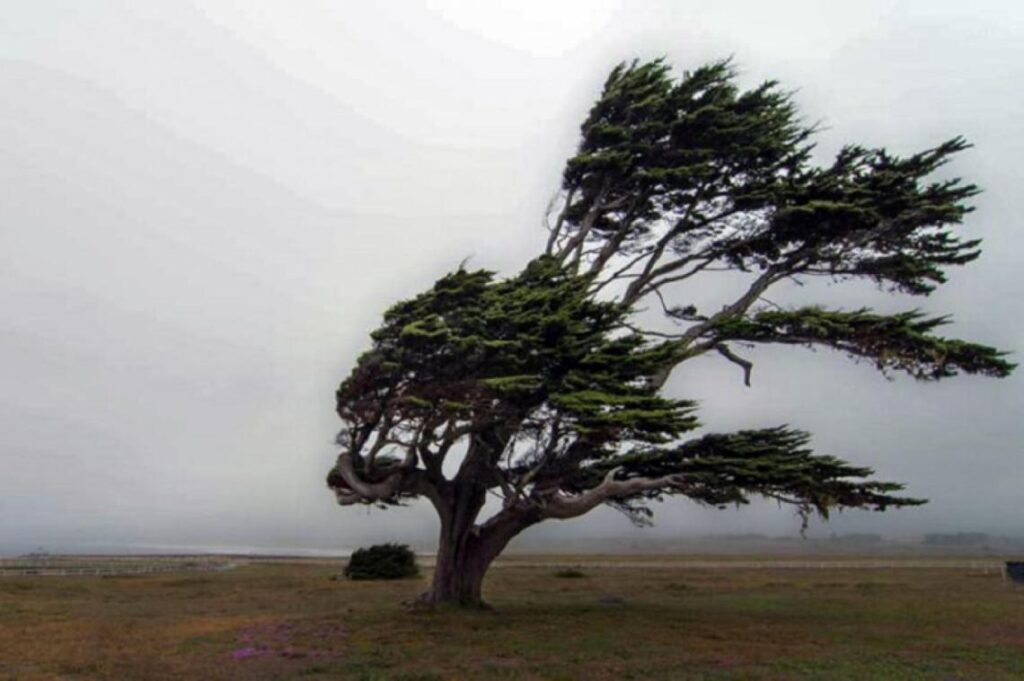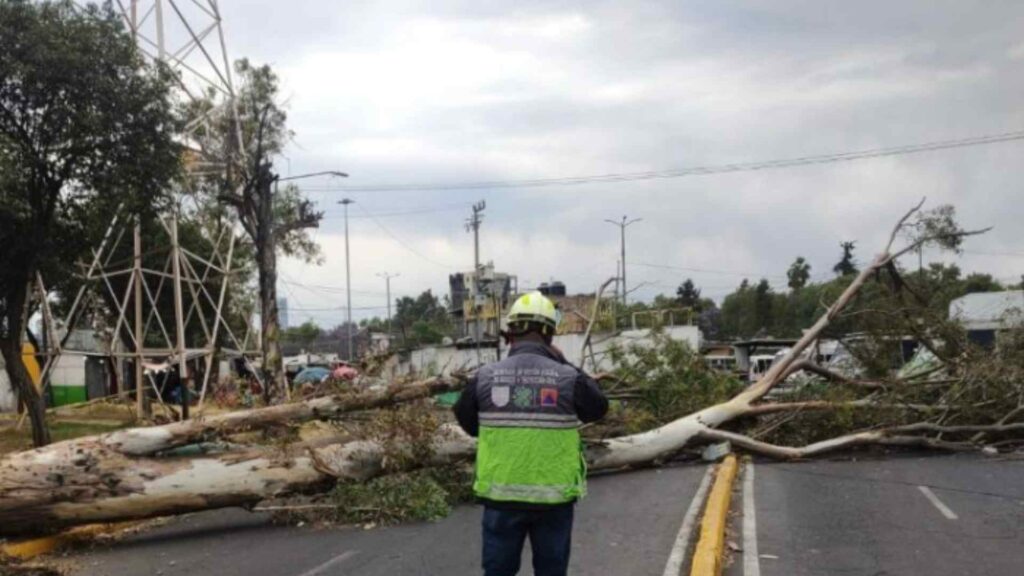Introduction
Natural climate conditions can now and then emerge as risky, disrupting day-by-day lifestyles and causing full-size harm. One such situation is robust winds. These high-speed winds can uproot timber, harm buildings, and create hazardous environments. Meteorological organizations difficulty a “robust wind alert” to warn people approximately these potential dangers.
In this newsletter, we can explore what sturdy wind alerts imply, the causes of sturdy winds, their potential impact, and the way you may stay secure whilst such alerts are issued.
What Does a Strong Wind Alert Mean?
A strong wind alert is a warning issued by weather groups to inform the general public about upcoming high-pace winds which can motive damage or damage. These alerts are critical for preserving human beings knowledgeable and prepared for potentially dangerous conditions.
Types of Strong Wind Alerts:
Advisory Alerts: Issued for mild winds that can have an effect on outside sports or light-weight systems.
Warning Alerts: Indicate more potent winds that pose a risk to property and safety.
Emergency Alerts: Reserved for excessive wind conditions, along with the ones because of hurricanes or tornadoes, where immediately movement is vital.
The Science Behind Strong Winds
Strong winds arise due to variations in air pressure within the Earth’s environment. The movement of air from regions of high stress to low strain creates wind. The large the stress difference, the stronger the wind.
1. Pressure Gradients
Pressure gradients are the primary drivers of wind. When there’s a steep strain difference between two areas, air movements fast, resulting in sturdy winds.
2. Storm Systems
Storms like hurricanes, cyclones, and thunderstorms are large sources of robust winds. These structures create excessive low-stress zones, pulling in surrounding air at excessive speeds.
3. Terrain Influence
Geographical functions, which include mountains and valleys, can expand wind speeds. The wind is funneled through slim spaces, growing strong gusts. Coastal regions are especially at risk of sturdy winds because of the interaction between land and sea.

The Effects of Strong Winds
Strong winds can cause numerous degrees of destruction, depending on their depth.
1. Damage to Infrastructure
Uprooted timber and damaged energy traces can lead to electricity outages.
Weak systems, such as sheds and poorly anchored gadgets, may crumble.
High-rise homes are especially vulnerable to wind stress.
2. Transportation Disruptions
Flights can be behind schedule or canceled due to risky situations.
Roads can emerge as hazardous because of fallen debris.
High winds affect ships and boats, making navigation dangerous.
3. Personal and Public Safety Risks
Flying particles can cause injuries.
People strolling outside may discover it tough to preserve stability.
Outdoor activities like construction work can emerge as risky.
Preparing for Strong Winds
Preparation is key to minimizing the effect of strong winds. Here are practical steps you may take to defend yourself and your property.
1. Secure Your Home
Inspect your roof and repair free shingles or tiles.
Reinforce windows and doors to save you from breakage.
Remove or secure doors fixtures and lightweight objects.
2. Stay Informed
Monitor nearby weather updates from dependable resources.
Understand the alert levels and reply for this reason.
Download weather apps for real-time alerts.
3. Create an Emergency Kit
Include essentials including water, non-perishable food, flashlights, batteries, and a first-resource package.
Keep important files in a water-proof container.
4. Safety During the Event
Stay indoors and away from home windows.
Avoid using unless vital, and look ahead to particles on the roads.
Keep a battery-powered radio for updates if the electricity is going out.
Global Impact of Strong Winds
Strong winds are not constrained to a single area or season. Their outcomes are felt worldwide.
1. Hurricanes in Coastal Areas
Hurricanes generate extraordinarily sturdy winds that purpose large harm to coastal areas.
2. Tornadoes in Plains
Tornadoes, which might be focused wind systems, can devastate regions inside minutes.
3. Monsoon Winds in Asia
Monsoon winds carry heavy rains and robust gusts, affecting agriculture, transportation, and each day existence.

Responding to Strong Wind Alerts
When a strong wind alert is issued, it is important to behave directly to ensure protection.
Steps to Respond:
Follow the guidance of neighborhood authorities.
Stay interior if possible.
Avoid out of doors activities, specially near trees, poles, and creation sites.
Postpone travel plans if strong winds are expected inside the location.
Conclusion
Strong winds are a natural phenomenon that could pose substantial dangers if no longer taken seriously. A sturdy wind alert is vital for cautioning human beings about approaching dangers, giving them time to prepare and live securely.
By knowing the causes, outcomes, and vital precautions, people and groups can minimize the damage as a result of sturdy winds. Stay knowledgeable, stay organized, and prioritize protection at some stage in such events.
Nature’s forces can be unpredictable, however with the right knowledge and proactive measures, we can climate any typhoon.

